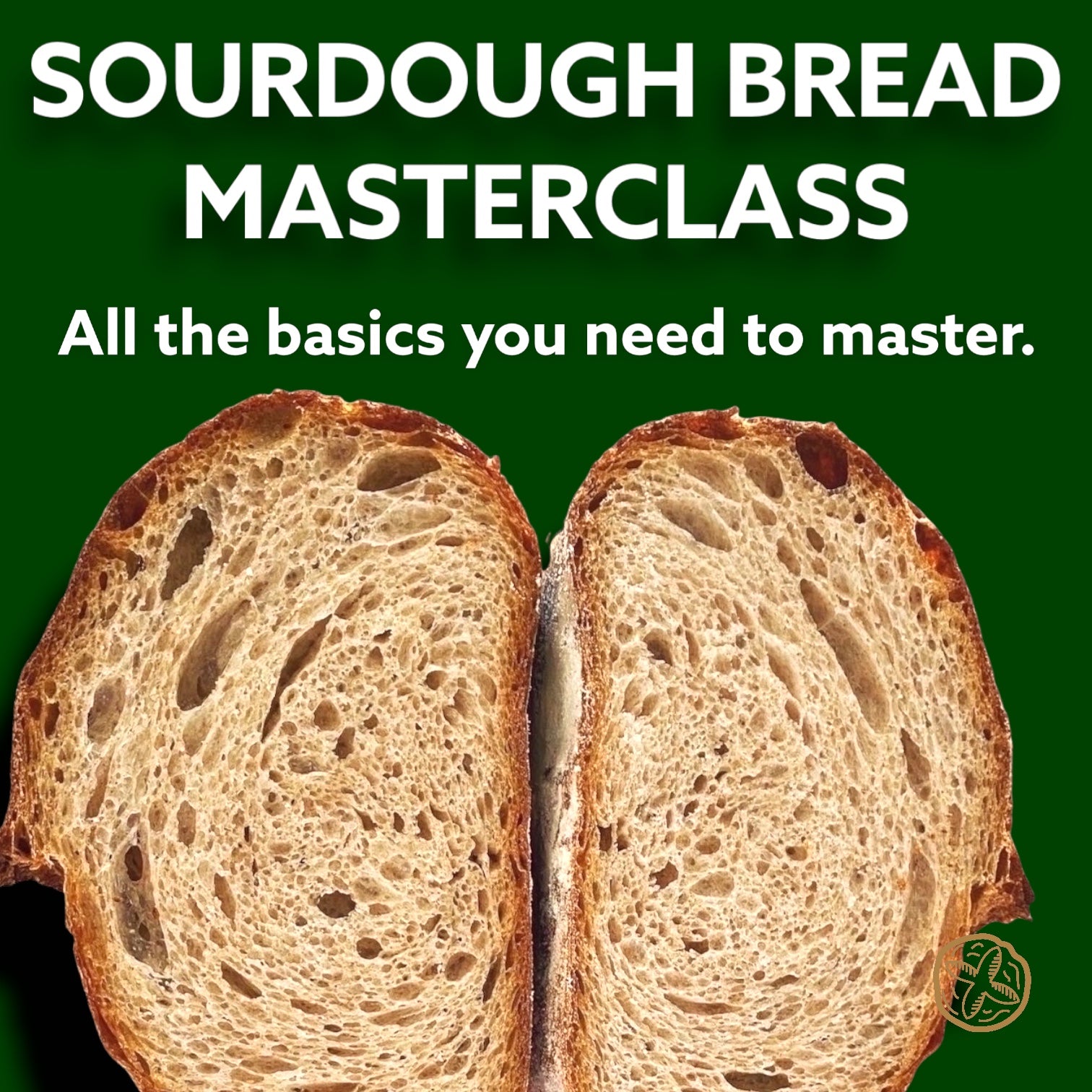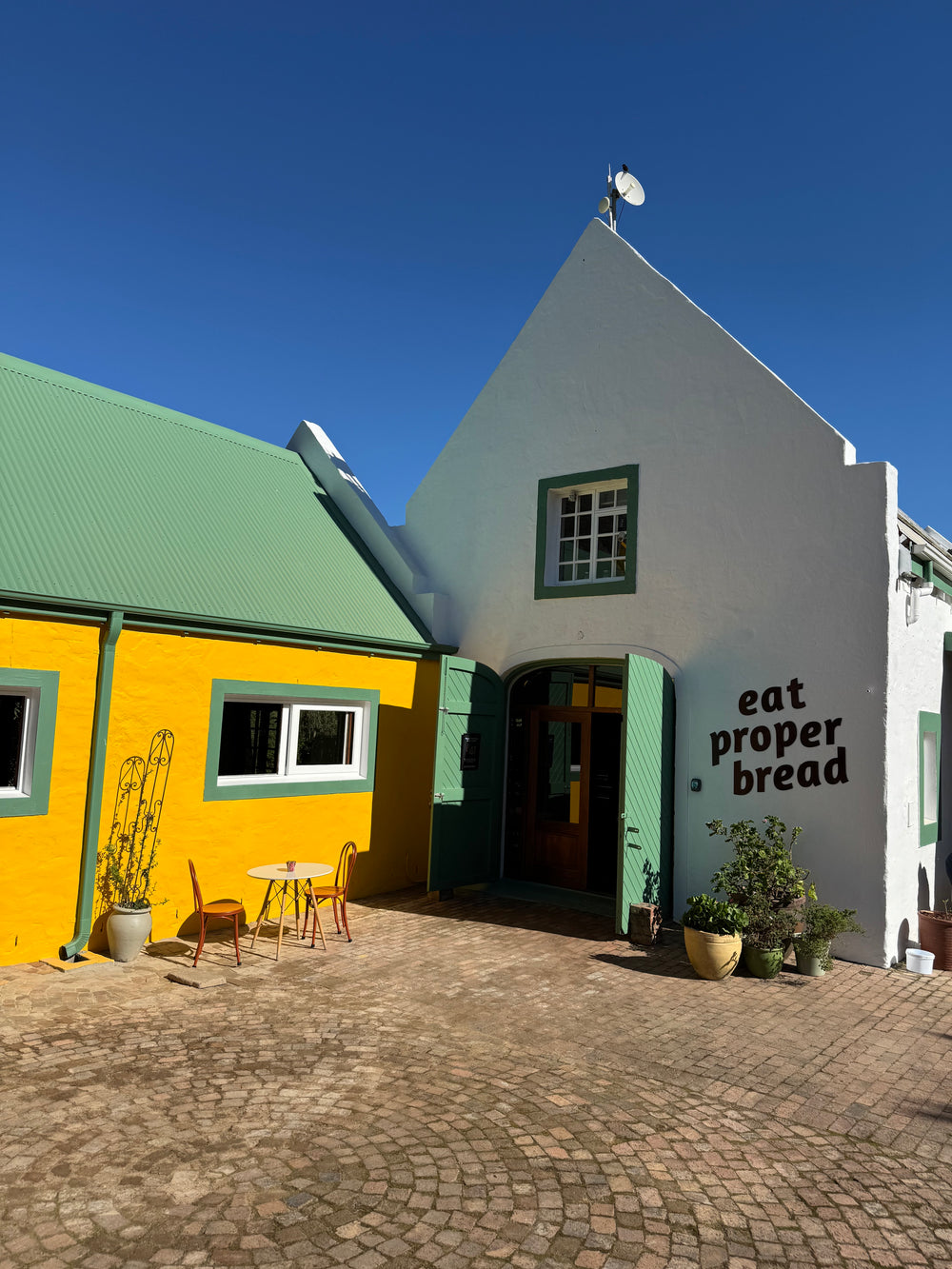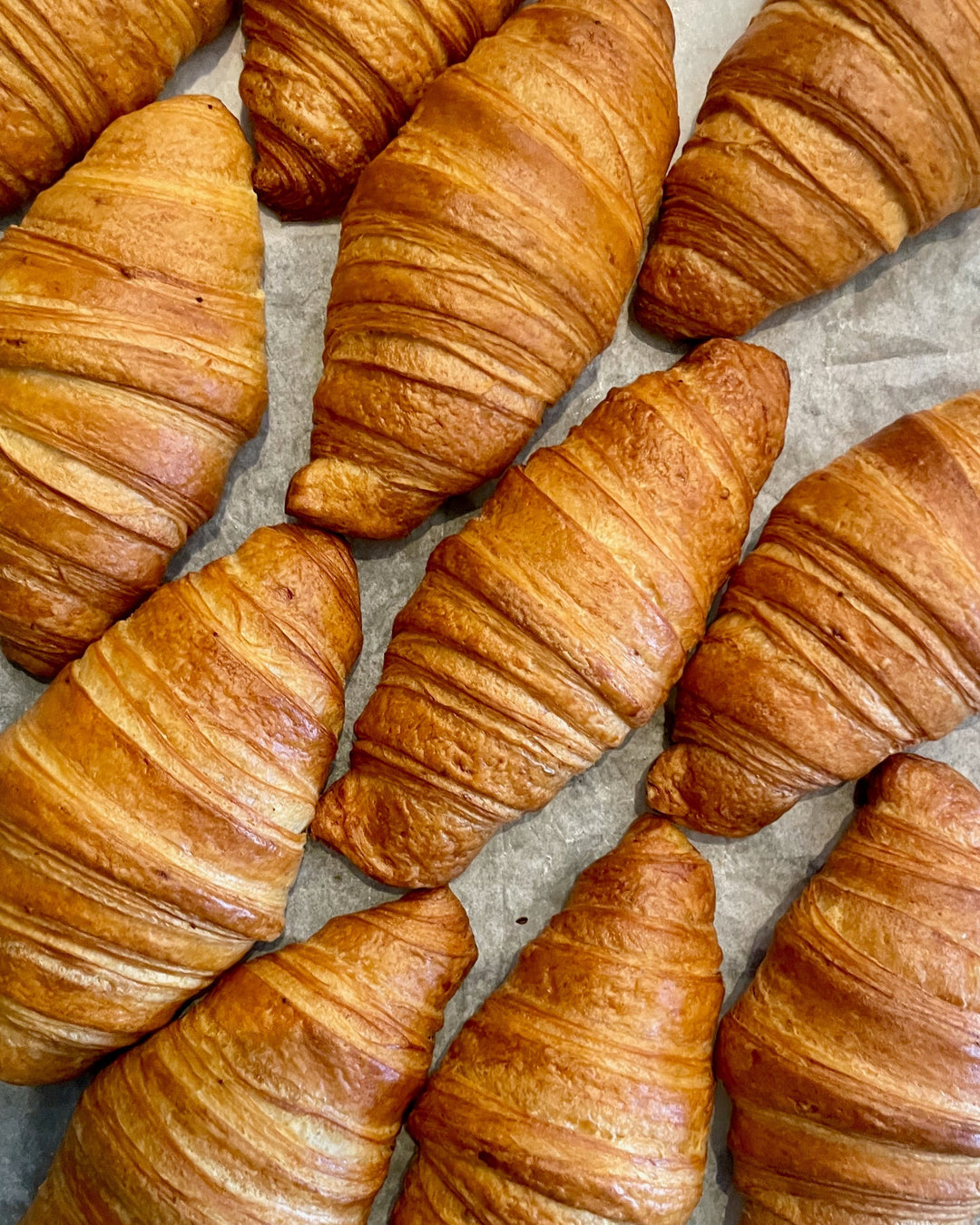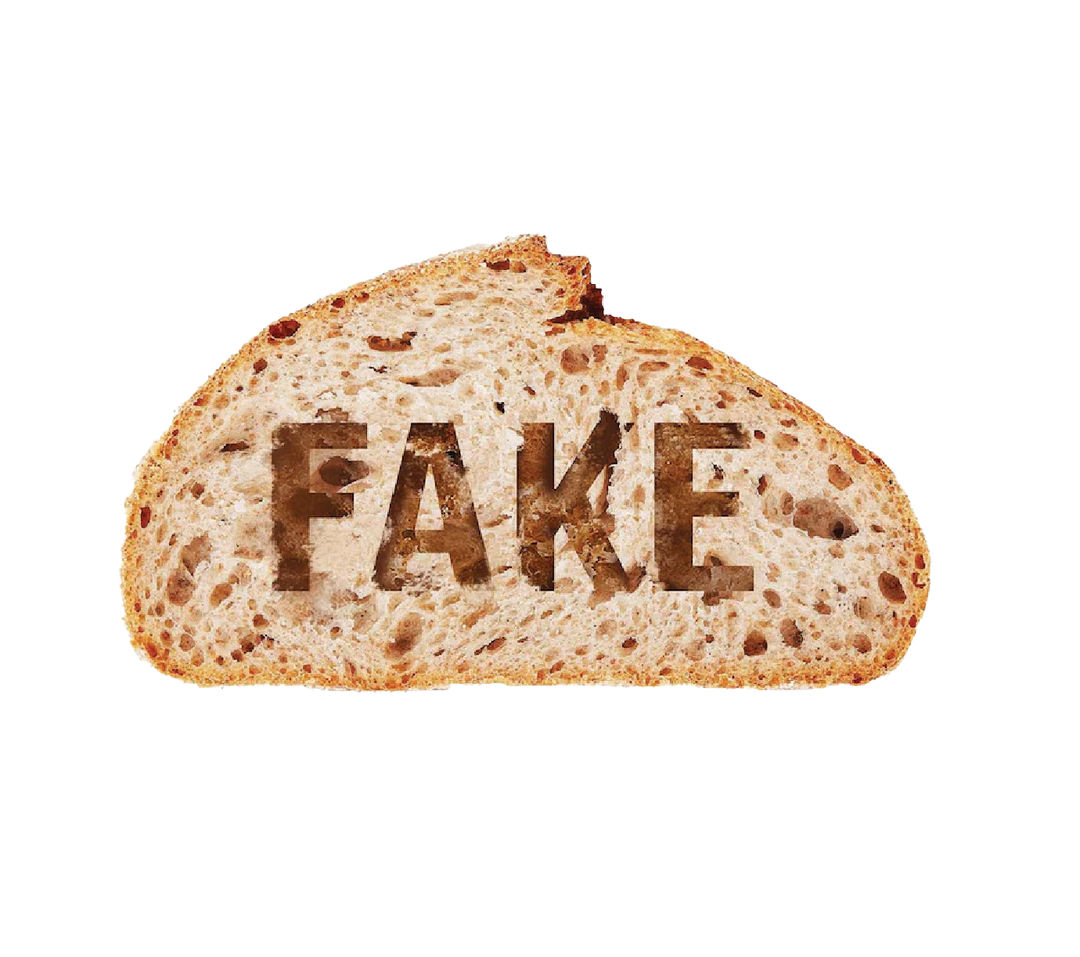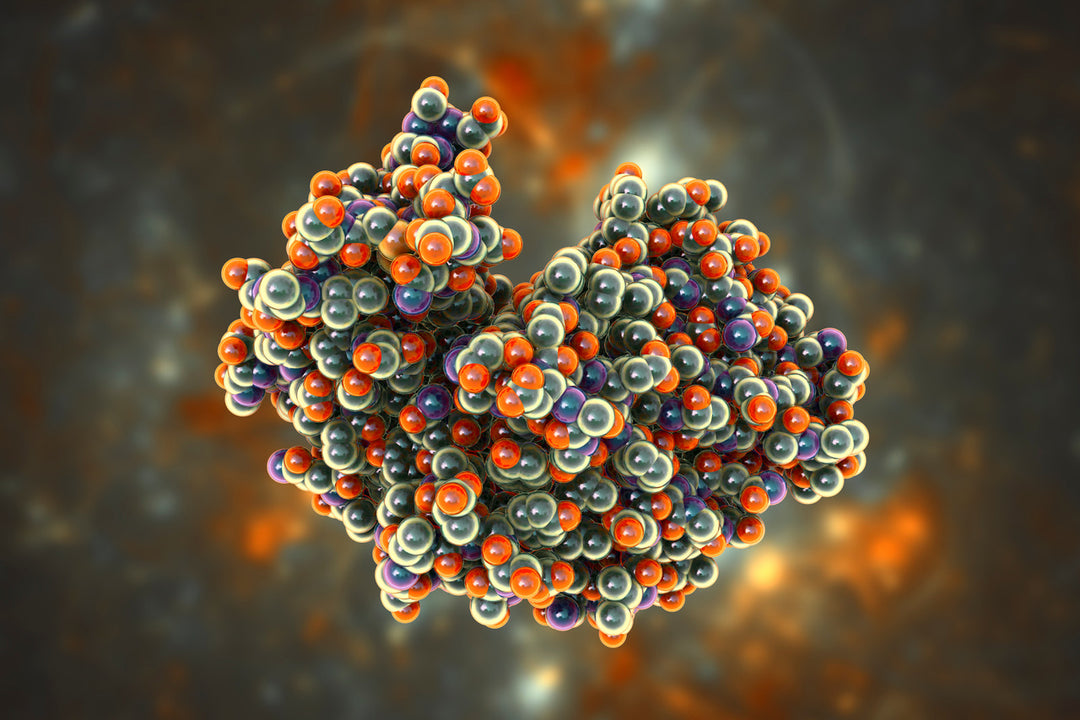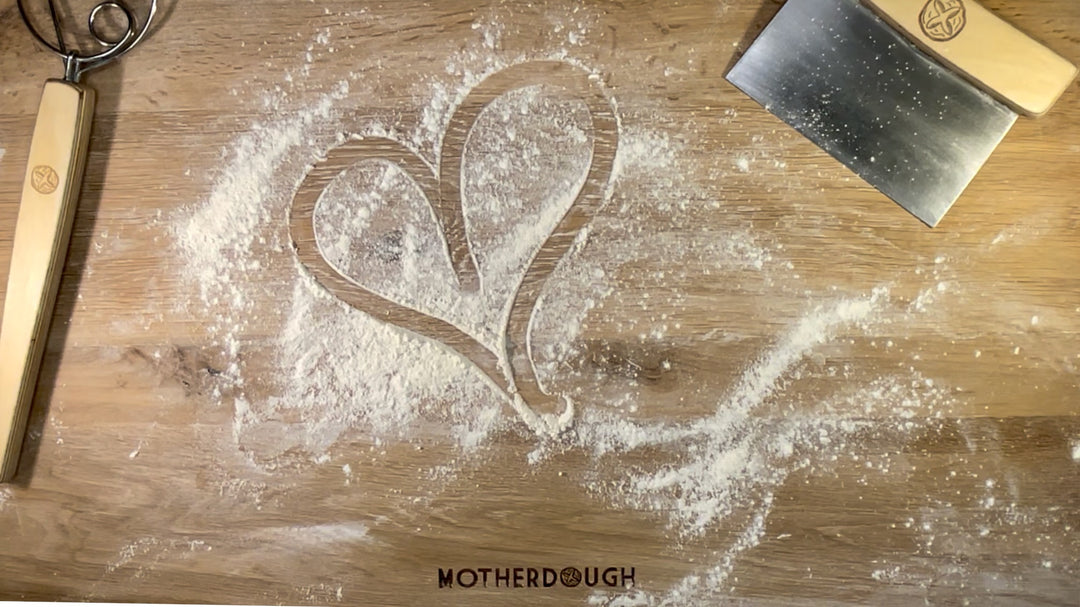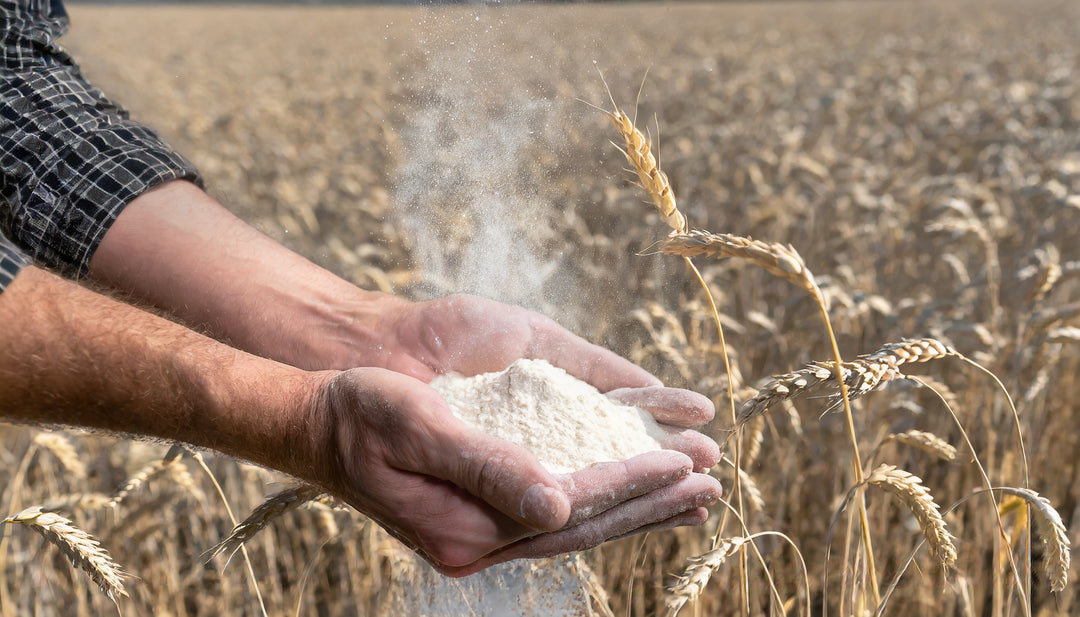We don't make croissants. We make cornetti.
From Vienna: A Pastry’s Journey
Before France or Italy made it famous, there was Austria.
Long before the world fell in love with croissants, Vienna was baking crescent-shaped breads called kipferl. These date back to the 1600s — humble, yeasted pastries that carried the shape of the crescent moon but none of the layers we know today.
When Marie Antoinette brought the kipferl to France in the 1700s, Parisian bakers transformed it. They used laminated dough, folding butter into thin sheets until the pastry puffed and crisped in the oven.
By the early 1900s, the croissant had become a French icon — delicate, precise, and unapologetically buttery.
When the croissant crossed into Italy, the story changed!
Italian bakers softened the idea — literally. They enriched the dough with milk, eggs, sugar, and a hint of vanilla or citrus zest, giving it a tender crumb and a gentle sweetness. The result was the cornetto, meaning “little horn.”
Instead of a crisp, flaky shell, you get a soft, aromatic pastry with a golden sheen and a slight chew — comforting rather than showy.
After World War II, cornetti became part of Italy’s morning rhythm. You’d walk into any bar (that’s an Italian café) and find trays of them waiting to be enjoyed — some filled with jam or "crema", others dusted with sugar, covered in almonds with a marzipan heart, or Nutella, and always beside a cappuccino.
A Different Heritage
Where the croissant celebrates crisp layers and technique, the cornetto celebrates warmth and flavour. It’s meant to be tender and aromatic — something you tear apart and dunk, not shatter it as you break open the layers.
In Italy, it’s less a performance piece and more a ritual: eaten at the bar with your morning espresso, sometimes baked with a little chocolate, jam, custard or marzipan inside, always simple and satisfying.
The Difference in Dough
| Feature | 🇫🇷 Croissant | 🇮🇹 Cornetto |
|---|---|---|
| Base | Lean laminated dough | Laminated enriched dough |
| Fat | Laminated butter | Butter in dough + light lamination |
| Texture | Crisp, flaky | Soft, tender |
| Taste | Buttery, slight salt | Vanilla, milk, citrus - rich |
| Sweetness | Barely there | Gently sweet |
| Mood | Elegant | Comforting |
| Leavening | Yeast | Sourdough (pasta madre) |
The croissant celebrates technique; the cornetto celebrates comfort.
One cracks when you bite it. The other yields softly — fragrant, golden, and generous.
What Makes Ours Different
At Motherdough, we use one beautiful base dough to make all our cornetti.
From that single dough, we shape three variations: We also make special ones like Gianduja or Pistacchio on occasion - and this summer we're introducing custard!
-
Plain Cornetto — light, golden, delicately scented.
-
Almond Cornetto — filled with our own 100% almond marzipan, made in-house from pure ground almonds.
-
Fagottino al Cioccolato — folded around a core of dark chocolate.
Each cornetto is tender, aromatic, and gently sweet — never meant to be flaky.
If you’re expecting the crunch of a French croissant, ours might surprise you: they’re not meant to flake — they’re meant to be soft and tender, to break apart and dip in your cappuccino. In colder weather, the buttery dough can seem a little dry or hard; all it needs a little warmth to soften the butter inside and bring it to life.
Why We Love It
For us, the cornetto embodies what Motherdough stands for: thoughtful baking with a sense of place. It’s humble, comforting, and crafted with intent.
It doesn’t need layers to impress — just balance, aroma, and care.
So when you order one of our “croissants,” know this:
You’re getting something Italian — not French.
Softer. Sweeter. Simpler.
Exactly as it should be.




